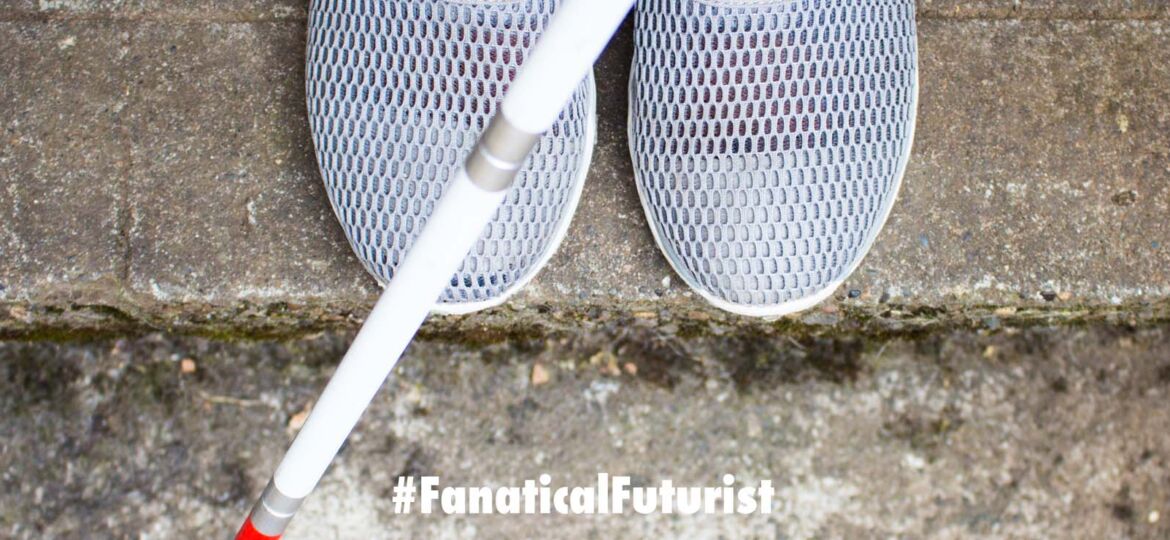
WHY THIS MATTERS IN BRIEF
New technologies, new sensors, and new things help people with disabilities do new things in new ways …
 Love the Exponential Future? Join our XPotential Community, future proof yourself with courses from XPotential University, read about exponential tech and trends, connect, watch a keynote, or browse my blog.
Love the Exponential Future? Join our XPotential Community, future proof yourself with courses from XPotential University, read about exponential tech and trends, connect, watch a keynote, or browse my blog.
Virtual Reality can help legally blind people see, and you don’t need eyes to see any longer because we can stream images of the real world directly to your brain using implants – or via bionic eyes … And now, it seems like you don’t even need light to see after a team of scientists developed a new device that can help blind people navigate and avoid obstacles using infrared goggles and a set of vibration pads on the forearm. And if that sounds odd then how about this nanotech superman mod that actually lets people who aren’t blind actually see in infrared? But I digress.
Unlike the sticks and other gadgets blind people use this latest one gives blind people back the use of their hands, according to the study which was published on arXiv. And it looks a bit like the visor that Geordie LaForge uses in Star Trek, but I digress …
“The most common tool available to [blind people] is the sugar cane. Although the stick allows good detection of objects in the user’s immediate vicinity it lacks the ability to detect obstacles at a further distance,” researchers Manuel Zan and Armaghan Ahmed Khan of the Technical University of Munich, Germany, wrote in the study.

Courtesy: TUM
The new device also doesn’t interfere with the user’s sense of hearing and works by using a pair of infrared cameras inserted into a 3D printed head mount that takes a stereo image of the surrounding environment that a small computer then uses to create a virtual map of the surrounding area.
The distance information from the camera is then communicated to the user via a special garment that emits vibrations on their arm then, as users approach an obstacle, the vibrations on the sleeve gradually increase, warning them that there are obstacles ahead.
Furthermore, because the goggles use infrared the researchers said they can also help the wearer navigate in the dark with test volunteers navigating with up to 98 percent accuracy using the device, according to the scientists.
The volunteers could also complete indoor navigation tasks in the dark, the researchers added, with completion time improving over three runs.
Next the team hope to implement object recognition that could artificially help create borderline paths for navigation and they conclude, “The Obstacle Avoidance System demonstrates a promising approach toward using technology to enable greater independence for the visually impaired.”
















